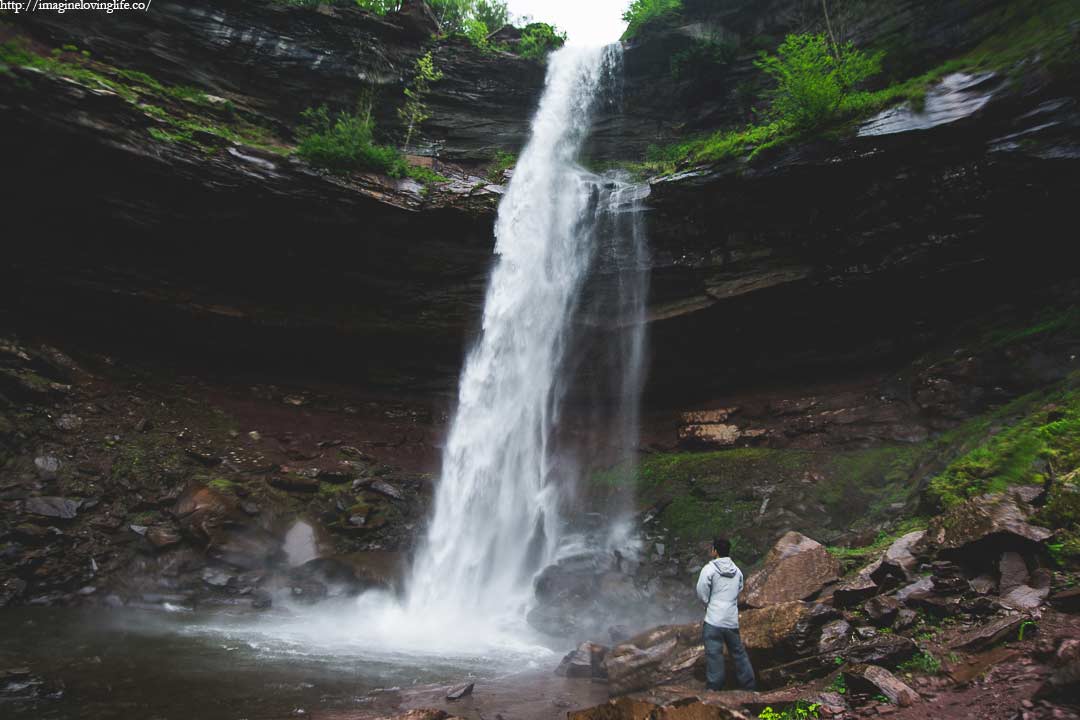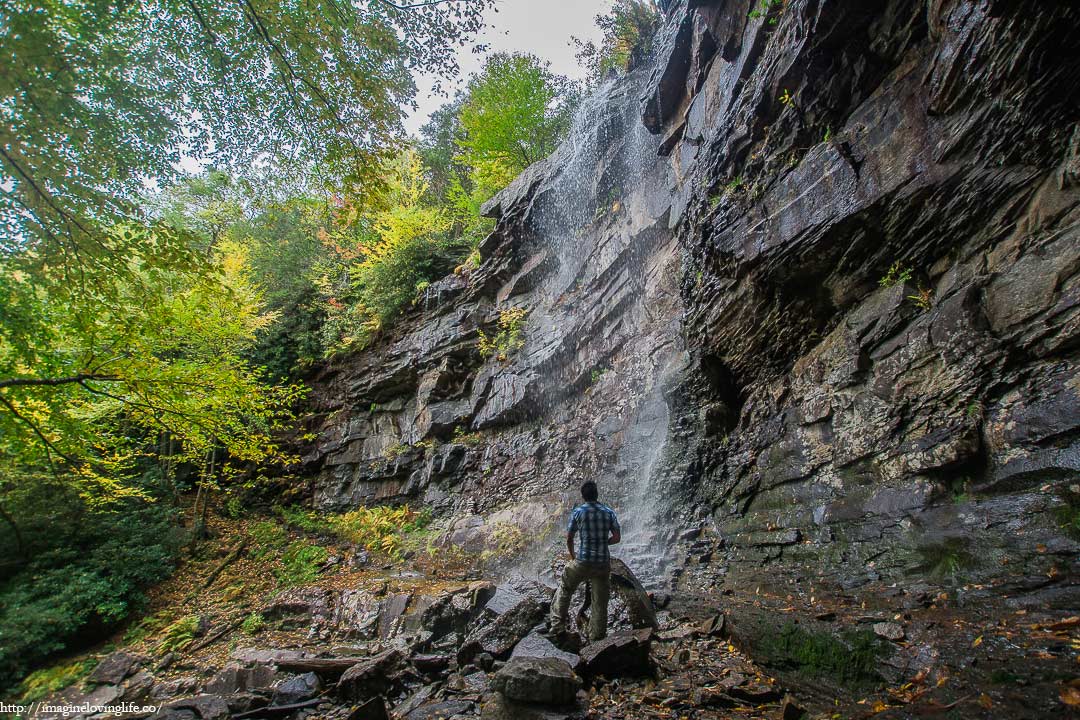
There were times when I forgot to bring enough water that I end up becoming very thirsty on a hike. Sometimes I end up looking at this beautiful waterfall, and all I could think about is I wish I could drink it. I did not want to risk it because these waters are contaminated with a lot of bacteria, feces, urine and so on. These are the times when I wish I had some sort of a water filter or water purifier in my backpack. A water filter will take out all the toxins and make the water drinkable. Water filters are not a big of a deal when you are in a day hike but if you are planning on backpacking for a few days or a weekend, you need to at least understand ways to purify your drinking water and why you need to purify your drinking water.
Different Ways Of Purifying Your Water
Water Filters
Water filters are the most common ways that people who hike or go backpacking to destroy the pathogens in the drinking water. Water filters are often lightweight, easy to carry and very compact. There are different types of water filters. There are water filters that are pumps, some are straws, and some are in a water bottle. Each type of filter are different and the effectiveness also vary. It depends on the manufacturer.
Iodine Water Purifier
Iodine water purifiers come in small tablets. Iodine is great at destroying and killing viruses. Iodine tablets have to be stored in a dark bottle. Iodine leaves a salty after taste which a lot of people do not like. There are also tablets that are sold to remove the iodine taste from the water. So if you are using iodine tablets, you may as well use tablets that nullify their taste. Keep in mind that some people are also very allergic to iodine. They cannot use iodine as a way to filter their water supply. Some people who are allergic to shellfish are also allergic to iodine. This is something that you should keep in mind. People who have thyroid complications should not use iodine tablets to purify their drinking water.
Important: Water that has been disinfected with iodine is NOT recommended for pregnant women, people with thyroid problems, those with known hypersensitivity to iodine, or continuous use for more than a few weeks at a time. Long term use of tablets can be detrimental to your health.
Chlorine Dioxide Water Purifier
I like chlorine dioxide water purifying tablets a lot. Not a lot of manufacturers sell them. I tend to get the Potable Aqua brand. I don’t notice much of an after taste. This definitely tastes better than iodine. Chlorine Dioxide destroys a lot of harmful microorganisms and this ingredient is very effective against viruses as well. Chlorine dioxide tablets work via oxidation and infiltrate the microorganism’s cell walls and then respond with vigorous amino acids in the cell’s cytoplasm to destroy the microorganism. Chlorine dioxide is a great way to filter drinking water and destroy pathogens. Chlorine dioxide usage is also practiced in cities for water treatment. Lastly, like iodine, long term use of tablets can be detrimental to your health.
UV Light
A lot of people are also using ultra violet light in order to kill pathogens from the drinking water. I have tested the SteriPen uv light and it seems to work well. At least, I did not become sick or anything. I did use a water bottle with filter as well. There are a lot of benefits from using this kind of filter. This is very environmentally friendly, reliable, no chemicals, cost effective, and no after taste. You can use the uv light as a small flashlight if it ever becomes dark. The only drawback is that you need some sort of container first before you can use the pen on the water.
Boiling Your Water
Boiling water is still the best way to kill pathogens in my opinion. Boiling water is standard but works rather well. Using filters, uv light, and chemical purifiers work well but they also have weaknesses on certain microorganisms which is why it is often recommended to use a filter and purifier before drinking the water. However, when you boil the water, a lot of the pathogens get killed or destroyed. Boiling the water is so much better than a filter, purifier or uv light. However, it is kind of hard to start fire while backpacking. It takes time and you are not allowed to start a fire on some parts of the trail. Bringing a cookware, gas and stove can be very heavy also and they will take up a lot of your backpack space or room.
Common Micro-Organisms Found In Contaminated Pools Of Water
The most common source of illness that comes from drinking water while backpacking comes from the feces of animal and human beings. They can also come from dead bodies of animals. Here are some of the most common microorganisms that you will find by drinking contaminated pools of water.
Protozoa – Cryptosporidium
Cryptosporidium is a microscopic parasite that causes Gastrointestinal illnesses such as diarrhea, vomiting and cramps. There are many species of Cryptosporidium that both infect animals and humans. The parasite is protected by an outer shell that permits it to survive outside the body for a very long time and this type of parasite is very tolerant of chlorine dioxide disinfection and iodine. This basically means that iodine and chlorine are not effective ways to kill this parasite. The best way to kill this parasite is to boil your water for 1 minute. A water filter with less than or equal to 1 micron is very effective at removing this parasite as well. This parasite is the leading cause of waterborne disease among humans in the United States.
Protozoa – Giardia intestinalis
Giardia intestinalis is another microscopic parasite that causes the diarrhea, gastrointestinal illnesses, cramps, vomitting, and so on. This parasite mostly comes from the feces of infected humans or animals. The feces or this microorganism managed to moved to the pool of water. This microorganism can survive outside of its body for a long period of time as well. Iodine have low to moderate effectiveness on this parasite. Chlorine dioxide is pretty effective against this parasite though. It is recommended to boil your water for 1 minute in order to kill this parasite from your drinking water. A water filter with less than or equal to 1 micron is very effective at removing this parasite as well.
Bacteria – (for example, Campylobacter, Salmonella, Shigella, E. coli)
There are a lot of bacteria that can make you sick in the outdoors. Luckily for us, they are a lot easier to kill than most parasites. Bacteria can also make you sick and some have been able to cause death on a lot of people. Using filtration can definitely help a lot when it comes to destroying these microorganisms. A filter with 0.3 microns is relatively or moderately effective on these organisms. Iodine and chlorine are very effective in destroying a lot of bacteria. Boiling the drinking water for 1 minute is great at destroying bacteria as well.
Viruses – (for example, enterovirus, hepatitis A, norovirus, rotavirus)
There are a lot of viruses that you do not want to get when drinking water from rivers and pools of water. Viruses can cause gastrointestinal illnesses like diarrhea, vomiting, and cramps. They can also cause hepatitis, and meningitis. So it is very important to destroy these viruses before drinking your water. Filters are not very good at filtering viruses. They are terrible at it. You need to use iodine or chlorine. Iodine or chlorine are very effective against viruses. You have to wait for like 30 minutes or more before you can drink the water though. You have to let the iodine or chlorine filter the water first.
Prefilter To Remove Large Particles
You can use a prefilter also to remove large particles or sediments from your water. Let’s say the water source is pretty murky. The lake or river is very murky or muddy. You want to remove the leaves, dirt, and any other large particles first before filtering the water or putting the water in your dirty water bottle. Most pumps have some sort of prefilter already but the straws and squeeze filters often do not have prefilters. Water bottle filters also do not have prefilters. A lot of hikers and backpackers create their own prefilter before they go backpacking. I see a lot of people use coffee filters as well. Prefilters are a great way to remove the murkiness in the water. Make it look more clean.

My Usual Water Filter Gear
If I am going to go backpacking or the hike is going to take a weekend or more than one day, then I will definitely use this setup. I will often have two water bottles. I like the water bottles with the easy cap and not the twist cap. Smart water with the size of 700 ml has the nice easy cap. You can take out the water out of your backpack while moving. Flip the cap open, drink and put the water back without stopping. This is a great way so that you do not have to stop at all. I will have a Sawyer Squeeze which is pretty popular. Almost every backpacker I know has one. Two sawyer bags. I will either use both bags for dirty water or just use one. It depends on the distance between water sources. Once I filtered the water and put them on the Smart water bottle, I will then use a chlorine dioxide tablet. This setup is often good enough for a weekend trip.
- Two 700mL Smart Water Bottle with easy open cap
- Sawyer Filter
- Two Sawyer Squeeze Bags
- Two or four tablets of Chlorine Dioxide
You can make your own setup or you can add more if you want. Some people use the gravity filters so that they don’t have to squeeze the dirty water. Some use a pump. You can use iodine instead of Chlorine Dioxide or use a UV light. You can also use a hydration reservoir instead of water bottles. You can also bring a prefilter first. There are literally lots of ways or combinations to create drinking water while in the outdoors. Experiment and find your own comfortable way of creating drinking water while backpacking.
References:
- https://www.cdc.gov/healthywater/drinking/travel/backcountry_water_treatment.html
- http://www.princeton.edu/~oa/manual/water.shtml
- http://all-about-water-filters.com/ultimate-guide-to-water-purification-tablets/